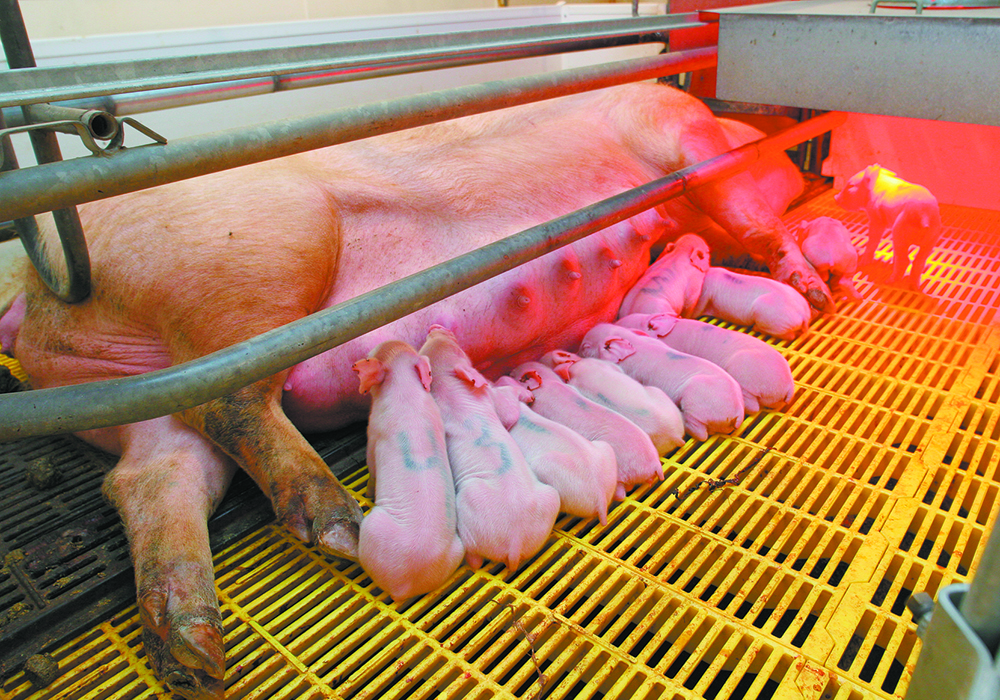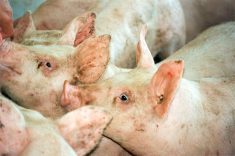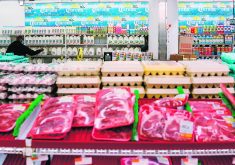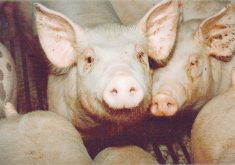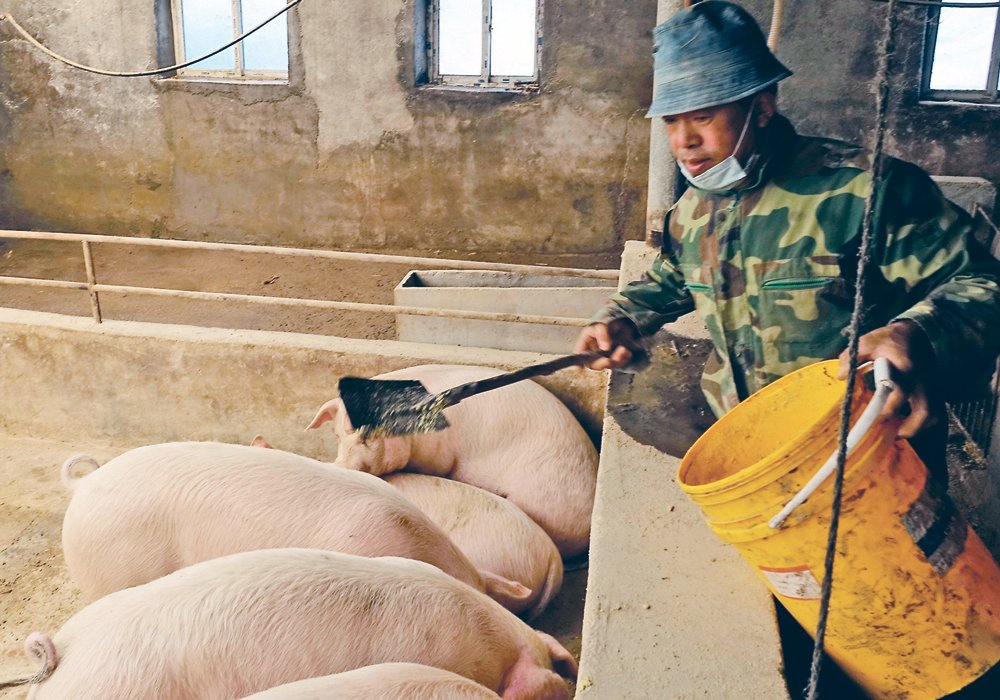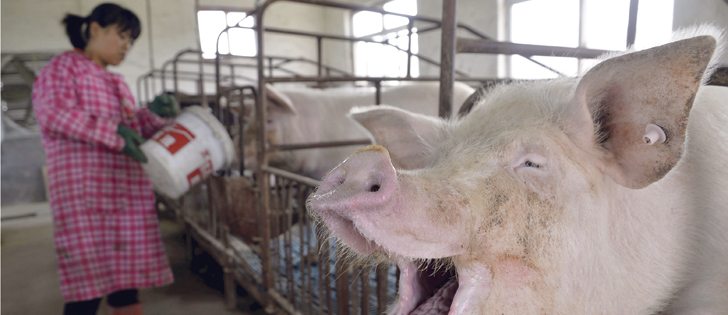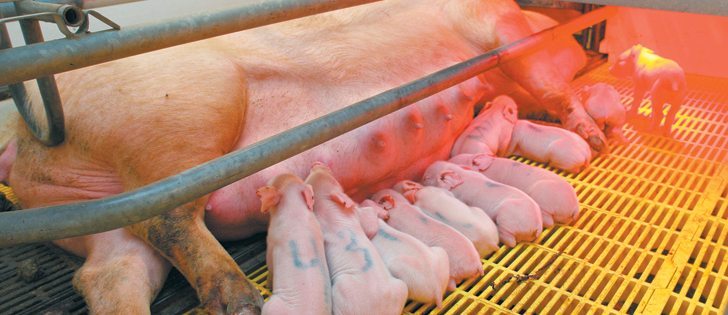Numbers matter, and in markets, numbers really, really matter.
That truth becomes obvious every time some number, some statistic or some reported data collides with market expectations. You could see that Sept. 28, after the U.S. Department of Agriculture’s Hogs and Pigs report found that American hog producers were keeping alive more piglets per litter, which means farrowings in coming months could bring more pigs than expected.
Read Also

USDA’s August corn yield estimates are bearish
The yield estimates for wheat and soybeans were neutral to bullish, but these were largely a sideshow when compared with corn.
Here’s an example of a great analyst simplifying the number-based complexities of hog supply and demand:
“… but still if (farrowing numbers are) down 5.2 percent and if we were increasing the pigs per litter by about four, you’d expect the pig crop for September to November to be down about 1.5 percent, and that would be the hogs that you expect to come to market next spring,” said Altin Kalo of Steiner Consulting Group after the report was issued September 28.
“Then when we look at the farrowing intentions for December to February, and again you add to it what the new trend now is for pigs per litter, you’d expect that December to February pig crop to be about 2.9, almost three percent higher than it was a year ago, which changes the outlook for supplies next summer.”
Pork futures moved down on the news and plunged more the next day as more and more of the industry digested the bearish news.
This was a reasonable response to the news, and even though it’s terrible for pork producers and the unpriced-livestock side of the industry, it’s going to allow everybody involved in pork to adjust themselves today for the most likely tomorrow.
That’s what good numbers give you.
These are public numbers, whose confidentiality is guarded by the USDA like the gold at Fort Knox. That’s so that nobody gets a jump on the market, and so all industry players — including farmers — get a fair crack at the new numbers.
If you’re ever skeptical of the value of numbers, just look at how seriously the big processors and marketers treat them.
In a disturbing complaint filed by the U.S. Department of Justice on the same day, the dominant supplier of industry data to hog and poultry processors is accused of allowing industry players to alter their own production to keep supplies at a level that keeps prices above where they could fall if each company was acting without knowledge of each other’s behaviour.
The company, Agri Stats, has been previously accused by chicken buyers of creating anti-competitive behaviour among processors.
The company supplies a wealth of numbers of its processor clients, received from other clients, revealing amounts of production, prices for products, and even labour costs.
The company has said its services merely allow processors to run more efficiently. The justice department says it essentially allows processors to price fix by manipulating supplies to protect prices.
The company does not allow other parts of the industry, such as food retailers and farmers, to access its most sensitive data.
Whatever the validity of the allegations, it is clear that processors think good numbers are worth paying for, and the U.S. government thinks access to that data provides those processors with undue market power.
It’s hard for a farmer to make use of most of the market data that comes out of Statistics Canada, USDA or any of the other sources that the markets rely upon. But every farmer has an interest in making sure those who purchase their products aren’t allowed to operate at an even greater advantage than their size and concentration already allows for.
Good information, shared equally, helps everybody.
Great information, held tightly by insiders, helps a few and damages many.
The agriculture industry might be becoming more and more concentrated, with vertical integration killing many of the elements of the free market, but one thing that hasn’t changed at all and never will is that everybody in a well-functioning industry needs the same access to critical information.




